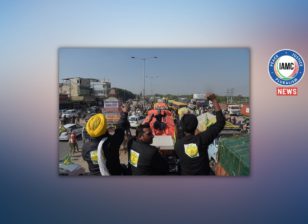‘Ramrao: The Story of India’s Farm Crisis’ review: Why the farmer stands alone despite shiny new schemes
Sainath published Everybody Loves a Good Drought over two decades ago, marking a new beginning for development journalism…. Not many journalists preferred taking that tough route. However, Nagpur-based Jaideep Hardikar is an exception. Taking a road less travelled, Hardikar now works with People’s Archive of Rural India (PARI), a platform that documents India’s villages….
Like his previous work, A Village Awaits Doomsday, Hardikar’s latest, Ramrao: The Story of India’s Farm Crisis, is a hat-tip to Sainath’s work for the sheer honesty and emotional fervour with which it approaches the subject. The book is titled after Ramrao Panchleniwar, a cotton farmer in Vidarbha in Maharashtra, who tried to end his life after struggling with farm debt and despair.
But this is not the story of Ramrao alone. Hardikar follows the plight of the hapless farmer to tell the horrifying tale of what’s gone wrong with the way India treats agriculture, a sector that still feeds more than half of the country’s 130-plus-crore population. Like John Steinbeck’s disturbingly truthful portrait of Depression-era America in his 1939 classic work of fiction, The Grapes of Wrath, Hardikar’s non-fiction unravels stories of peasant misery. Ramrao is Tom Joad, the forlorn, jobless and vulnerable man who became the poster face of the great financial crisis of his times….




